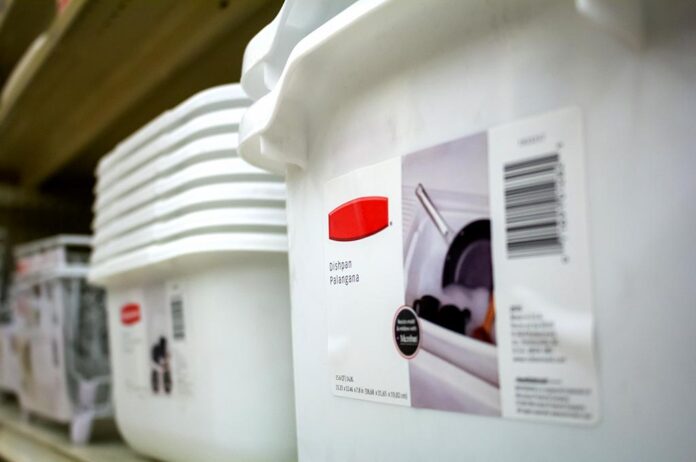As you travel on your preparedness journey, you’ll gradually accumulate items necessary in an emergency. Storing those items securely and in a readily usable location is important.
Because you can’t predict the severity or full effects of a disaster on your home, your preparedness items should be stored separately from similar items stored within your home.
Don’t count on your kitchen pantry as your sole food supply during a disaster – you may be unable to get to your kitchen if that part of your home has collapsed. Similarly, toilet paper stored in your bathrooms may be unreachable.
Sturdy and stackable containers are available from home improvement stores and can be a great way to store your preparedness items. We suggest storing these in a location like a garage that has weather protection and an outside entrance.
As you collect items for your family preparedness, add them to your storage containers. Mark any food items with clearly readable dates so that you can rotate them out of storage and into your pantry for routine use. By doing this, they won’t go to waste. Replenish those items after you have moved them out of your preparedness storage containers.
Review your stored items every six months to check for food expiration dates or damaged containers. You should also review these contents with your entire family to ensure that they know what is in there (and why) in case you’re not available.
This article’s preparedness item list (third of 12) focuses on a few more shelf-stable items from the store plus several things to do. This should list should be considered as minimum items – the Oregon Office of Emergency Management suggests that citizens be ready for two weeks of self-sufficiency.
Month 3 Preparedness List
(source: OCEM.org preparedness calendar)
Items to Purchase
- Canned fruit – 3 cans per person.
- Any foods for special dietary needs (enough for 3 days.)
- 2 rolls of toilet paper per person
- Crescent wrenches (or utility shutoff tools)
Things To Do
- Conduct a home fire drill
- Check with your child’s daycare or school to find out about their disaster plans
- Locate gas meter and water shutoff points and attach/store wrench or shutoff tool near them
- Establish an out-of-state contact to call in case of emergency
Tigard CERT Inc. is a local non-profit organization allied with the City of Tigard that trains volunteers in basic emergency response and organizational skills following the Federal Emergency Management Agency model and guidelines for local Community Emergency Response Teams. Tigard CERT volunteers provide support during emergencies when our community’s professional emergency services teams may be overwhelmed by the situation.
Tigard CERT also provides staff and support for community events such as the Tigard Balloon Festival, the City of Tigard Public Works Day, the Community Preparedness Fair, and other events. For more information about Tigard CERT, please visit our website at tigardcert.wordpress.com.





















